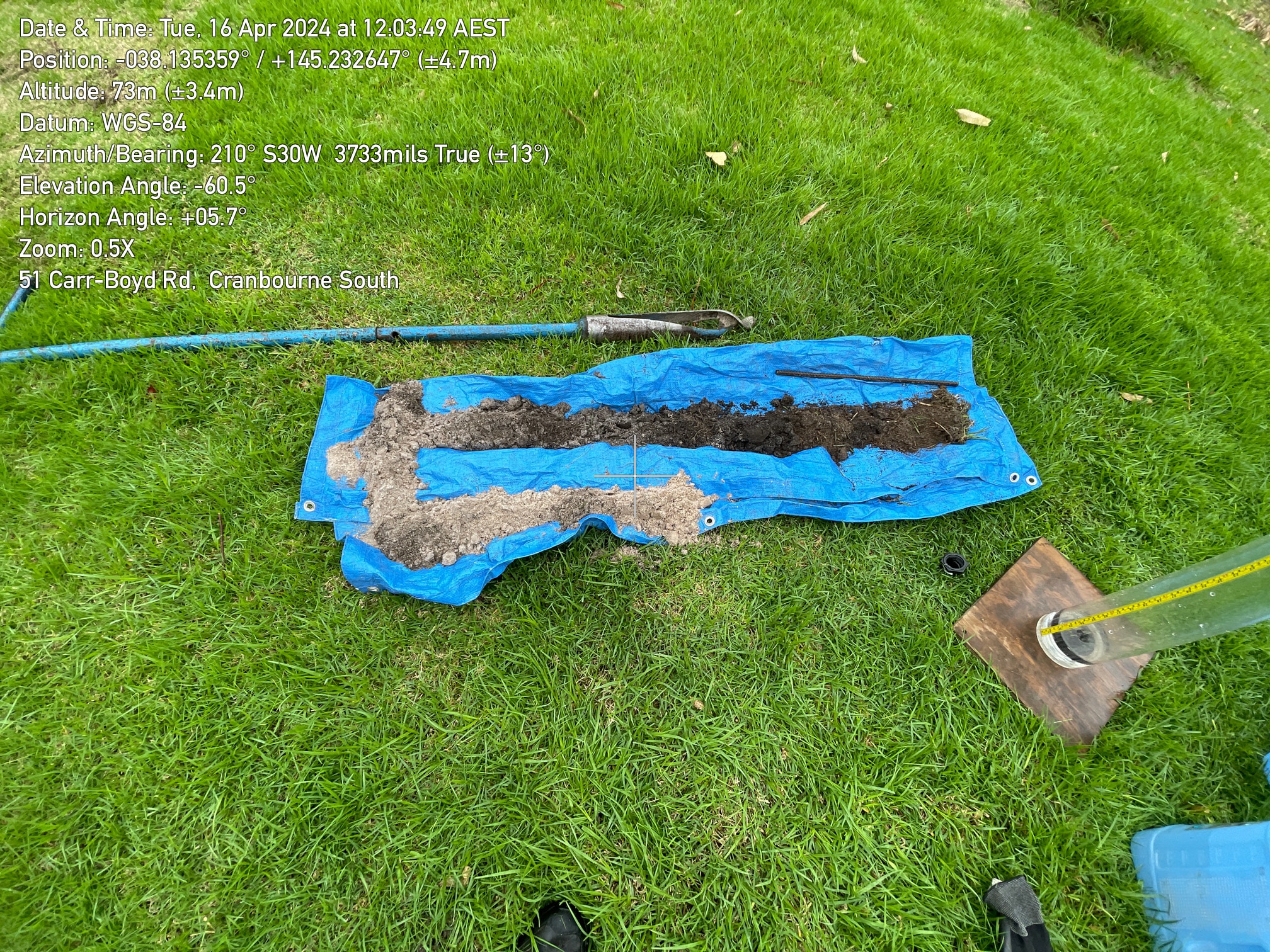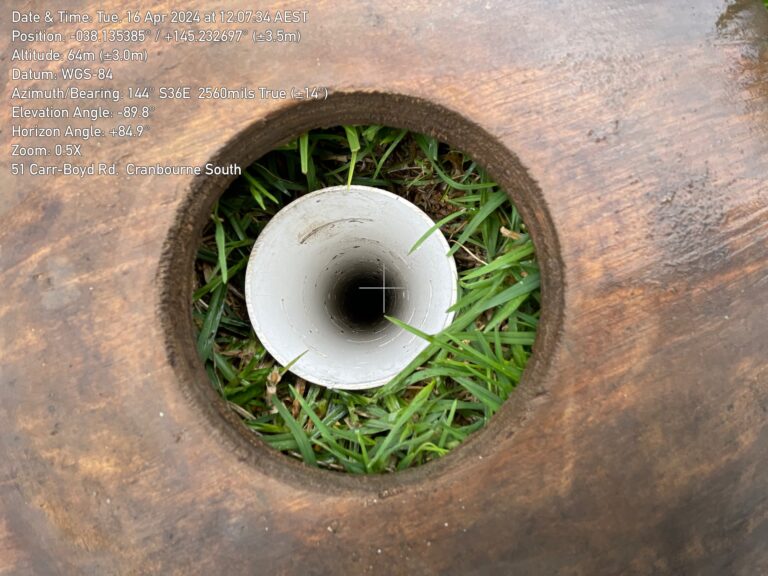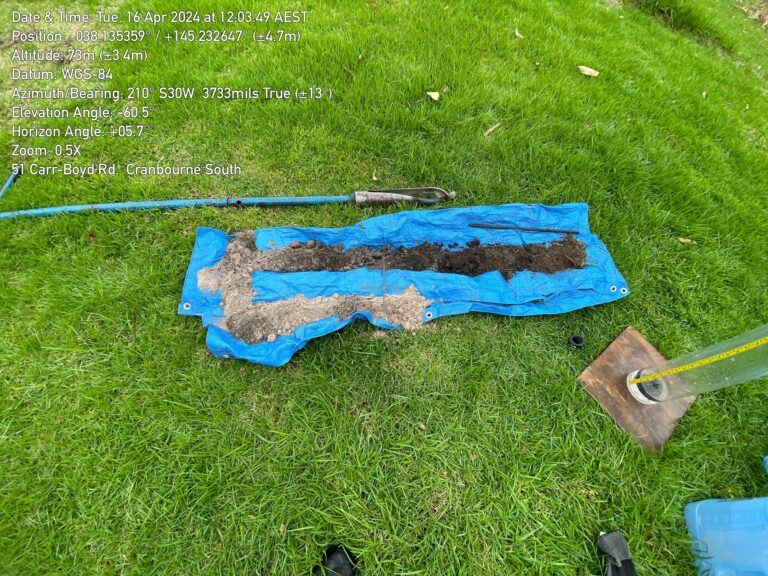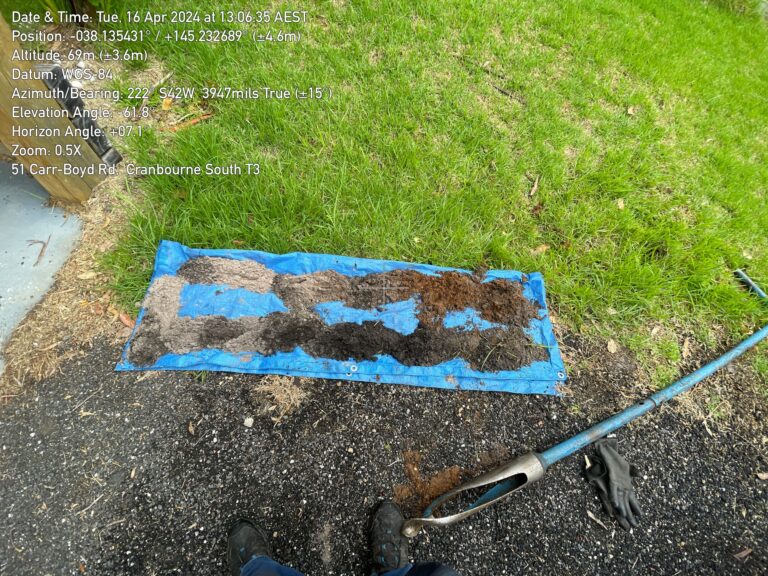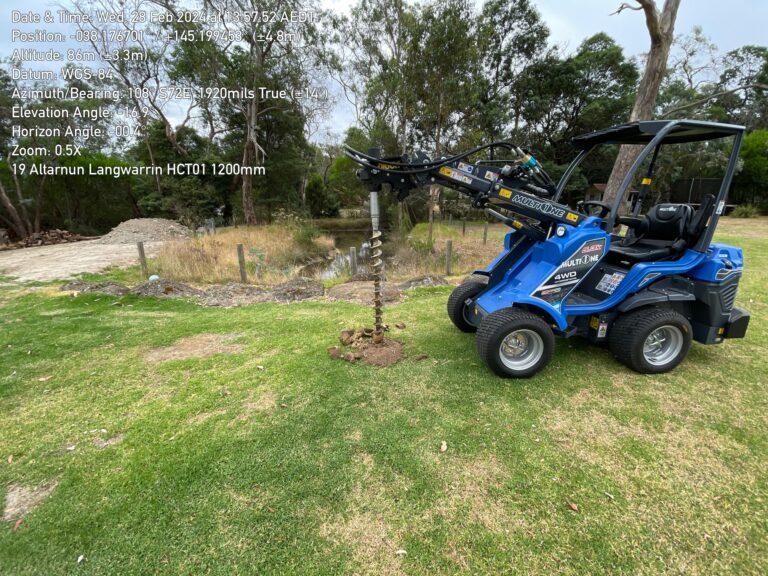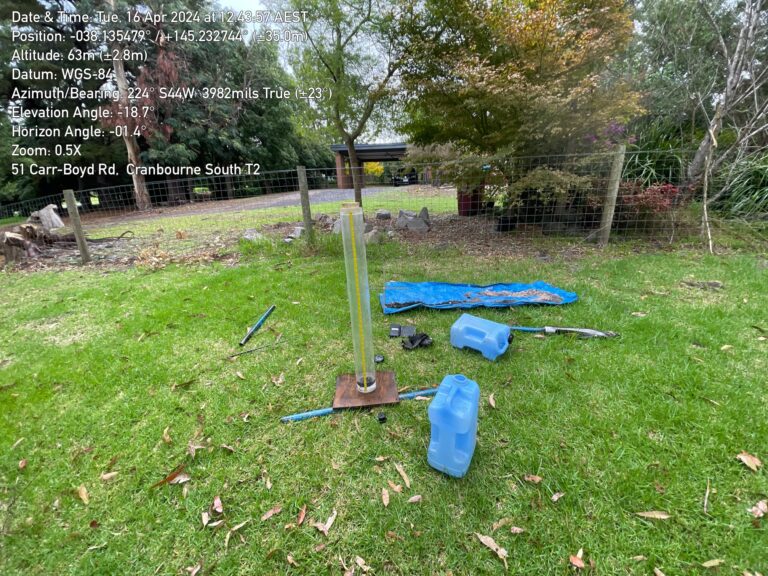Septic Systems and neighbourly Set Back Distances.
Introduction
Setback distances from site boundaries, both upslope and downslope, are crucial considerations in the placement of septic systems to prevent contamination and ensure effective wastewater treatment.
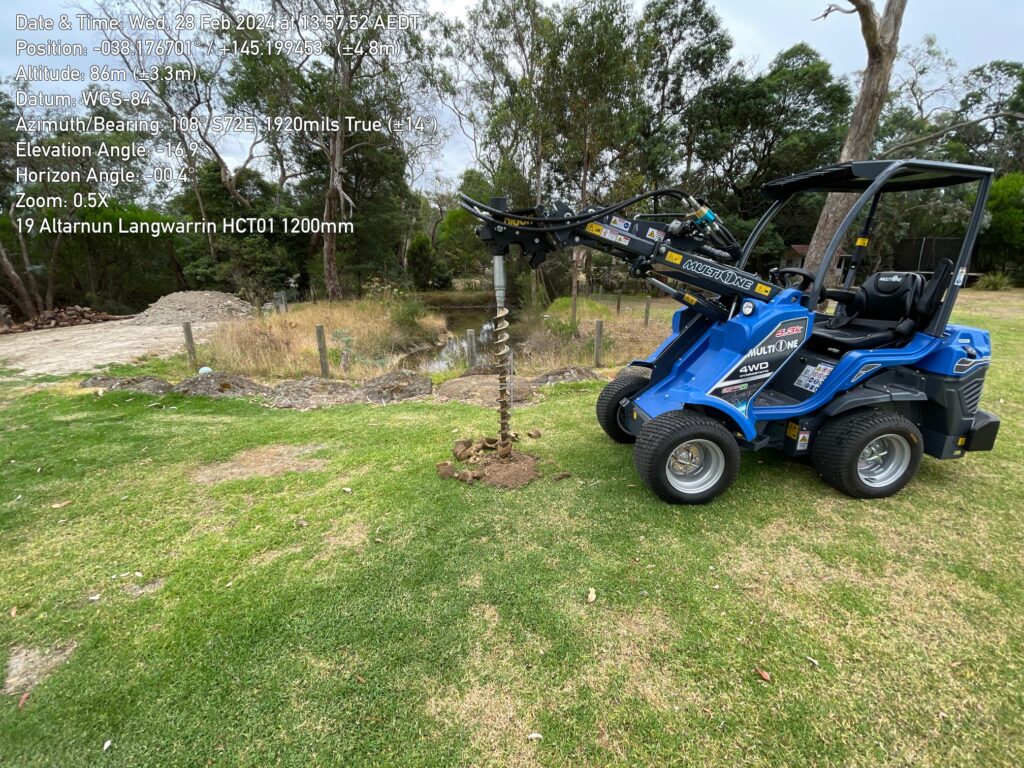
Effluent fields upslope from a boundary requires setback distances to ensure that effluent does not migrate into neighbouring properties or infrastructure due to gravitational forces. Typically, a minimum upslope setback distance of 6-20 metres is required to provide adequate buffer and prevent the effluent from flowing downhill towards the site boundary, which could lead to potential contamination of adjacent land or water bodies.
Downslope field setback distances to a boundary are less important, as they ensure that effluent is adequately filtered and treated by the soil away from the site boundary. Since effluent tends to flow downhill, a lesser downslope setback distance, often ranging from 3m, is necessary to allow for sufficient natural treatment processes. This distance helps prevent untreated or partially treated effluent from seeping into neighbouring properties or waterways, reducing the risk of pollution and health hazards. Downslope setbacks are equally essential to ensure that effluent dispersal fields do not negatively impacted.
A Land Capability Assessment (LCA) and accompanying report are generally required by councils to accurately determine and justify these setback distances based on site-specific conditions. The LCA evaluates various factors to arrive at the conclusion, including soil type, topography, vegetation, and hydrology, to understand the land’s capacity to absorb and treat effluent effectively. By analysing these factors, the LCA can provide evidence-based recommendations for appropriate setback distances that account for the specific characteristics of the site. This ensures that the septic system design minimises environmental impact and complies with regulatory requirements. Furthermore, the LCA report serves as a critical document for regulatory approval, demonstrating that the proposed system adheres to best practices for wastewater management and protects surrounding land and water resources. Contact Chris at for a friendly chat regarding your LCA requirements or to obtain a detailed obligation free quote.
Need quote? Contact Us Here!

